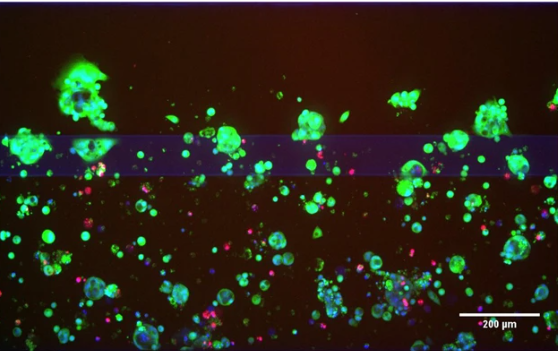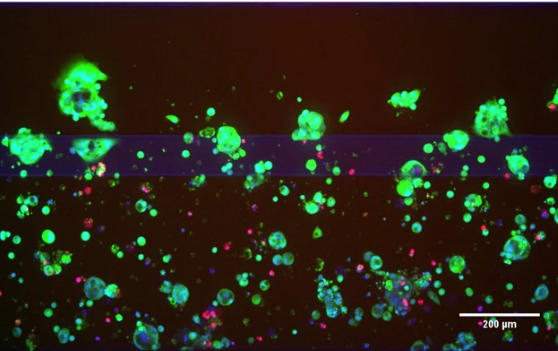A Microfluidic-Based PDAC Organoid System Reveals the Impact of Hypoxia in Response to Treatment

Leiden, February 3, 2023 – MIMETAS scientists established a 3D Pancreatic Ductal Adenocarcinoma (PDAC) model, enabling the study of cancer treatment response in PDAC organoids.

Complex and physiologically relevant tumor models are critical for effective drug discovery and development. This is particularly relevant for tumors which lack effective treatments such as PDAC. Characterized by a high-density stroma that makes up to 90% of the tumor volume, PDAC comprises a variety of cells, mainly including cancer-associated fibroblasts, and pancreatic stellate cells (PSCs) as well as extracellular matrix components. In addition to having dense stroma, another hallmark of PDAC is extreme hypoxia. It is therefore essential to recapitulate these oxygen levels seen in PDAC, as well as relevant cell types and other integral conditions, when developing PDAC models.
In this study, MIMETAS researchers developed PDAC organoid-based models that included stromal cells as well as low oxygen tension that emulate that of the tumor core. Using the OrganoPlate® 2-lane, a versatile 3D microfluidic platform, they cultured PDAC-PSCs co-cultures, under normoxic and hypoxic conditions. Here, they found phenotypic and transcriptional changes associated with hypoxia. In addition, they investigated different chemotherapeutic treatment responses of PDAC organoids under various oxygen levels and found that treatment responses were altered under the different oxygen levels.
Taken together, their findings highlight the importance of modulating experimental conditions to include relevant oxygen levels in drug response studies in PDAC, enabling a better understanding of treatment failure as well as opportunities to use Hypoxia-inducible factor (HIF) prolyl hydroxylase (PHD) inhibitors or HIF inhibitors for the treatment of PDAC.
